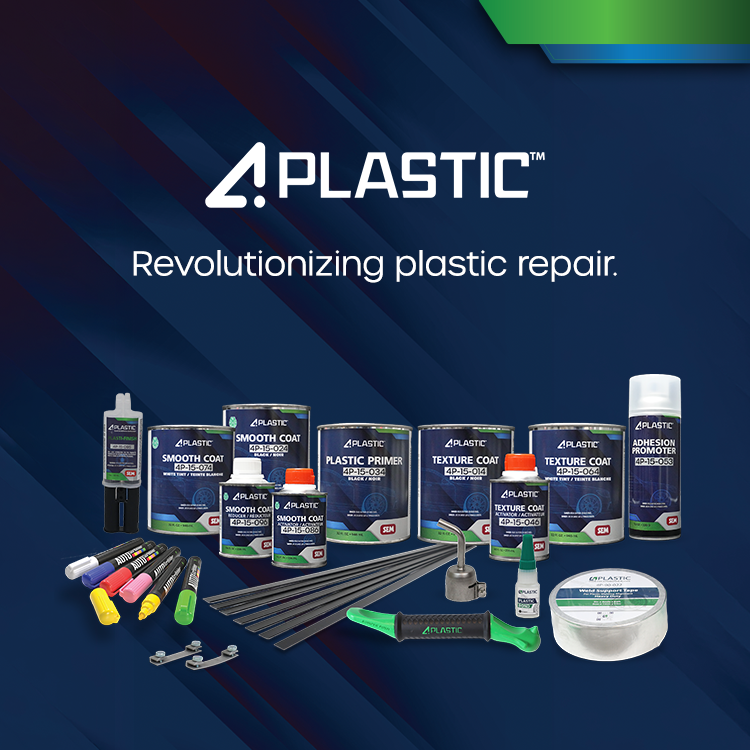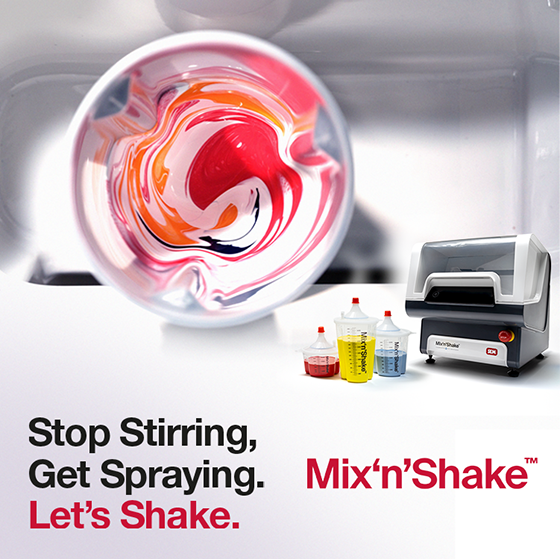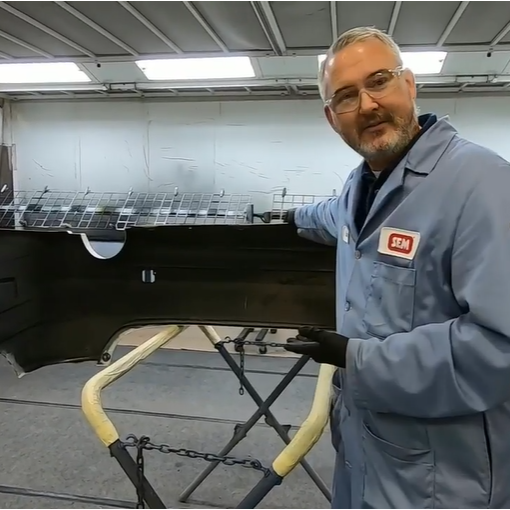What’s In the Can Matters More Than the Price Tag on It
Preserving Price and Adding Value
Who would have thought low prices could ever be a bad thing. But this is often the case in the world of PBE. Especially if that lower price tag comes with limited performance characteristics. Low price leaders (seemingly “like” products with reduced price and performance) cause financial strain on the industry as a whole. That’s why Jobbers, as a partner to the collision center, need to know - what’s in the can matters more than the price tag on it. The ability to explain what makes one product better than another is essential to improving collision center profitability.
In my 28 years of experience in the collision repair industry, I’ve had every job under the sun. From technician to painter, jobber associate to territory manager - and now as the Marketing Manager of Technical Services and Training for SEM, I’ve seen the business from all angles. One thing has remained constant during my time in PBE - the collision center is under constant pressure from insurance providers and vehicle owners to improve the quality, cost and speed of repairs. This is where jobbers come in…
Two areas in which product selection can dramatically improve collision center profitability are:
- Cycle time: the time required to repair a vehicle from start to finish.
- Throughput: the number of vehicles a collision center can repair during a given period.
You can’t make more time. So if the collision centers want to make more money, they must repair more vehicles in the same amount of time.
One of the many skills we teach Jobbers at SEM School, an I-CAR approved training program, is how to recommend the right products to reduce cycle time and increase throughput. We know knowledgeable jobbers improve collision center productivity, differentiating themselves as leaders by providing collision centers information that delivers straight to the bottom line.
Let’s look at some real-world examples by breaking down a collision center estimate.
| Average USA Collision Center Estimate* |
| Category | Cost | Percentage of Total Cost |
| Labor | $1,078.65 | 47 |
| Parts | $963.90 | 42 |
| Paint/Materials | $137.70 | 6 |
| Sublet | $114.75 | 5 |
| Total Repair | $2,295.00 | 100 |
Purchasing paint and materials based on price alone can only positively affect ~ 6% of the entire job, while potentially adversely affecting the 47% of labor.
|
|
|
|
The national average for repairs completed per week in each collision center is 12*. The following outlines these savings over the course of a week and a year - on a relatively small bumper repair project.
| Weekly and Annual Repair Savings: Cheaper Products vs Labor Savings |
| Number of Repairs | 10% Cheaper Repair Materials | 10% Labor Saving Product |
| 12/Week avg. | $12.00 | $98.40 |
| 624/Year avg. | $624.00 | $5,116.80 |
If smart product selection and utilization of manufacturer’s SOP’s can help a collision center save over $5K per year on bumper repairs, imagine the impact on their business for more extensive repairs.
Another case study for superior product efficiencies involves the use of aerosol technology and SOPs, such as the OEM Refinishing System (ORS) from SEM Products. The table below outlines a radiator refinish quote from a NC collision center, in which the ORS yielded an 85% reduction in labor.
- SEM’s ORS: Factory Pack™, 1K HS Clear or 1K HS Semi-Gloss Clear and Ez Coat™ aerosols with no booth time.
- Traditional method: primer, mixing, basecoat and clear with booth time.
| Radiator Support | Shop Floor to Booth | Mixing | Prep and Application | Cleaning gun | Cycle Time |
| SEM ORS | N/A | N/A | 18 min | N/A | 18 min |
| Traditional Method | 20 min | 10 min | 120 min | 6 min | 129 min |
The ORS system not only reduces cycle time, it has a tremendous effect on throughput. The ORS radiator refinish takes place on the shop floor as opposed to the paint booth. The painter is freed up to work on higher revenue jobs instead of low revenue, labor intensive projects better handled on the shop floor.
Visit semproducts.com/ors to see the 14 point labor comparison breakdown and a time lapse video.
Lastly, and arguably the easiest way to differentiate product quality is to take a quick look at what’s in the can, manufacturers’ websites and the Technical Data Sheets. There are often differences, including: volume of product in the can, product’s shelf life, film build and dry time. Familiarizing yourself with these product attributes, TDS and SOPs adds value and credibility to your partnership with the collision center.
The calculations are clear; high quality products yield tremendous financial benefits for the collision center. I’ve always said there are two kinds of companies you can buy from: vendors and partners. Vendors sell stuff. Partners sell the right stuff with collision center profitability in mind. I’ve seen many collision centers take on cheaper product lines, only to pay for it many times over in productivity. Maybe your grandfather was right when he told you, “You get what you pay for.”
*Source: AAIA - autocare.org
Recent Posts




